Ordovician period
(485-444 MYA)
1
Biomes
8
Continents
2
Animals
7
Plants

Map
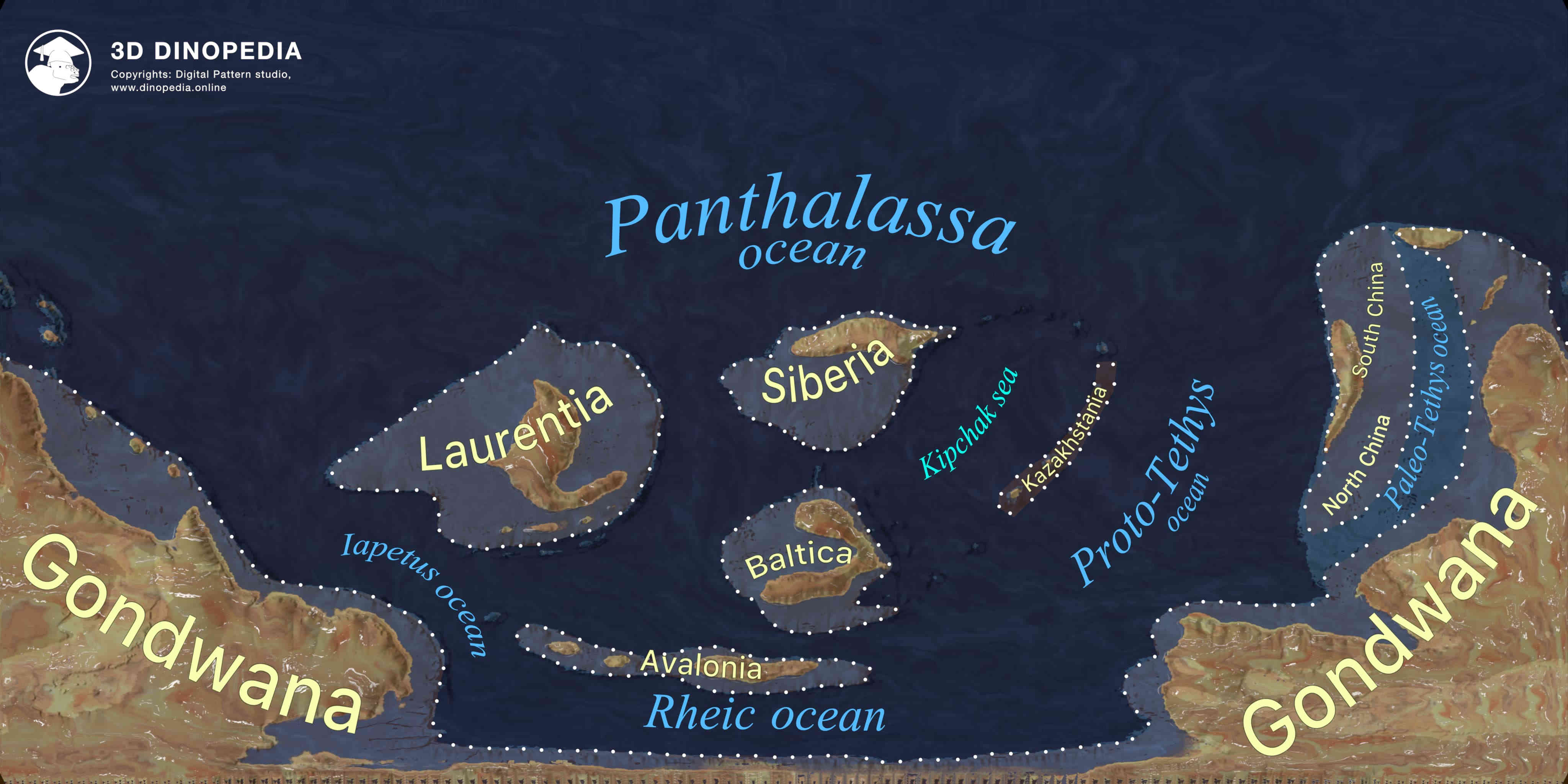
Description
The Ordovician is the second period of the Paleozoic era. It started about 485 and lasted approximately until 443 million years ago. The duration of the period was 42 million years. It was named after the Celtic tribe "Ordovices".
During this period in Earth's history, key geological events unfolded. Despite the absence of major tectonic rearrangements of the global map, which, similar to the Cambrian, included the vast continent of Gondwana, smaller continents like Baltica, Laurentia, and Siberia, as well as a number of microcontinents, significant geological changes were taking place. The most noticeable among them were the formation of mountain ranges and the development of volcanic regions in zones where lithospheric plates collided, which significantly influenced the planet's geomorphology.
However, climate changes were more substantial: the relatively mild and moderate climate transformed into a cold and dry one, with a glacier forming at the South Pole towards the end of the period.
Almost all life inhabited the seas, and its diversity here continued to grow at a rapid pace. A wide variety of cephalopod mollusks appeared, many of which had long straight shells - orthocones. Eurypterids or sea scorpions were formed, as well as the first vertebrates, in the form of a variety of jawless fish-like animals. Perhaps the first fish appeared in the Ordovician, although their emergence is generally accepted to have occurred in the next period. The first coral reefs grew. Towards the end of the period, the first terrestrial plants - mosses, and following them, psilophytes (Psilophytopsida or Rhyniophyta) started to form on land.
The end of the Ordovician period was marked by a monumental event - the first great mass extinction. The Ordovician left behind the most diverse deposits of useful minerals: iron and manganese ores, gold, phosphorites, oil shales, and oil.
Note 1:
As mentioned earlier, the Ordovician Period derived its name from the Celtic tribe known as the "Ordovices." The Celts were a group of Indo-European tribes who originally inhabited the territory of modern-day Germany, Austria, and eastern France in the early first millennium BCE. Over time, they spread across much of Western Europe, including the British Isles, France (which derived its name from the Celtic tribe known as the Gauls), and even reached northern Spain, northern Italy, and the Balkan Peninsula. The Celts are known for their unique culture, including art, music, language, and beliefs. They lacked a centralized government or a common leader; instead, they were organized into numerous independent tribes and clans. The Celts had a complex religious system with Druids serving as priests and advisors. Although the Roman Empire conquered much of Celtic territory, Celtic culture continued to thrive in remote regions such as Ireland and Scotland. Celtic tribes left their mark in Eastern Europe as well, particularly in the lands of the Czech Republic, Slovakia, and Belarus, where Bohemian Celts - the Boii, Cimbri, and Raxi - settled. Today, Celtic heritage is significant for many regions of Western Europe, especially in the Celtic nations of Ireland, Scotland, Wales, Cornwall (in England), Brittany (in France), and the Isle of Man (between England and Ireland).
Note 2:
Geomorphology is a scientific field that studies the forms and structures of the Earth's surface and how they have been shaped and changed over time. If you have ever seen a map that shows mountains, valleys, rivers, lakes, and other landscape features, that is precisely what geomorphology deals with. This discipline helps us understand why our planet looks the way it does and how it may change in the future.

Animals
Expand more
Loading...

3D Biomes
Articles
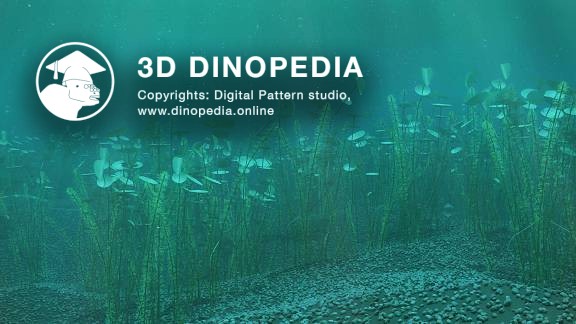
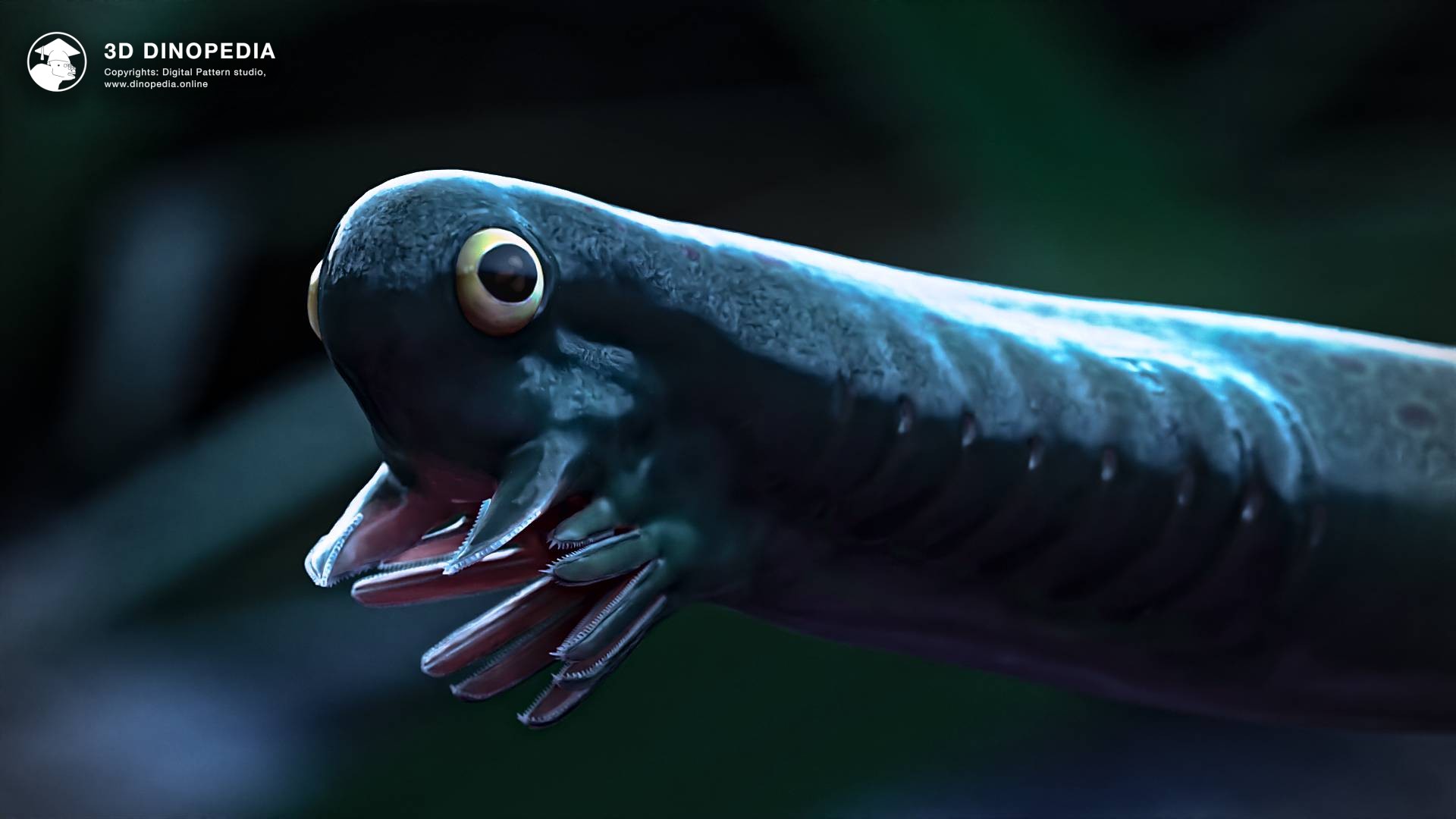
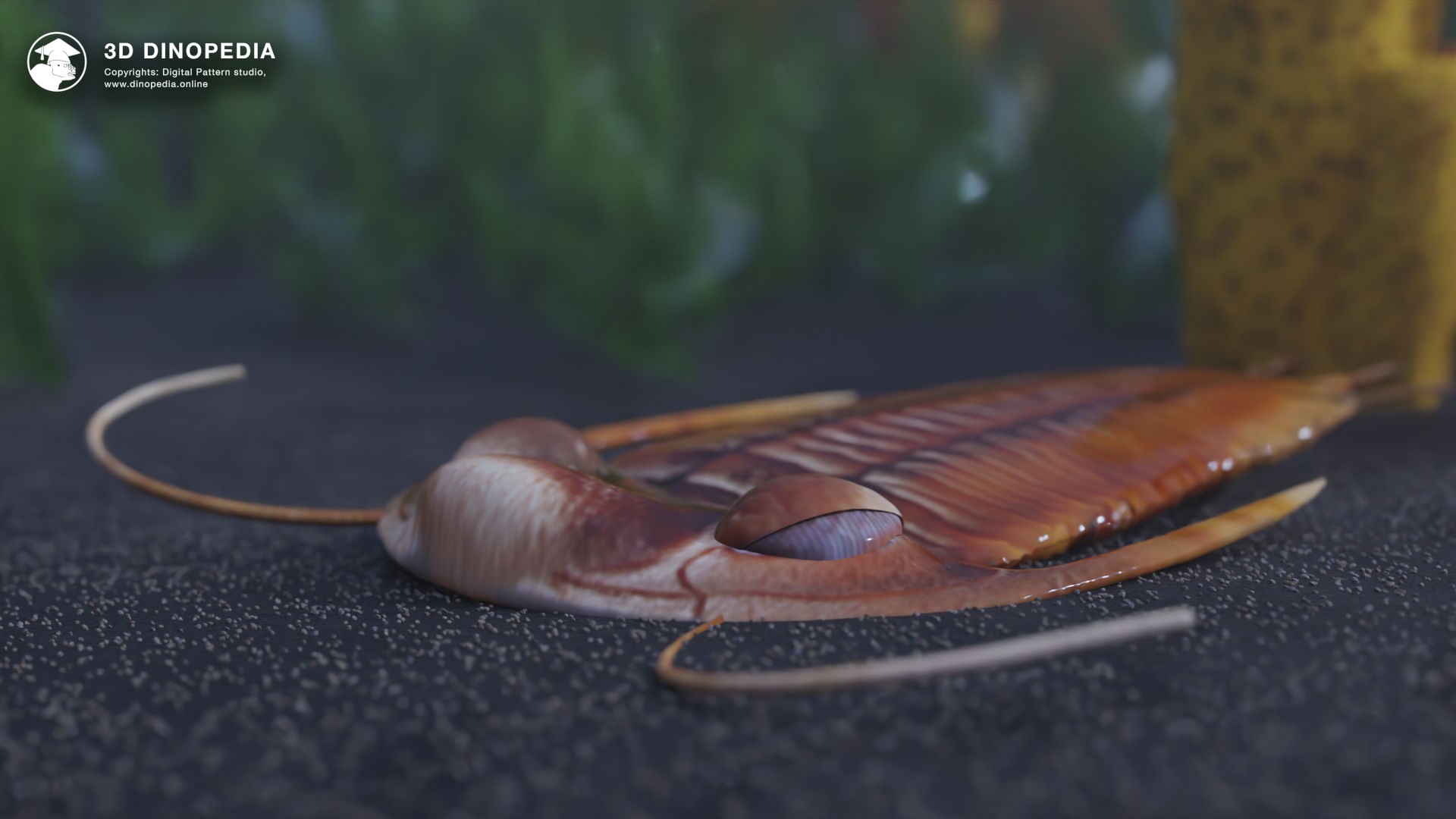

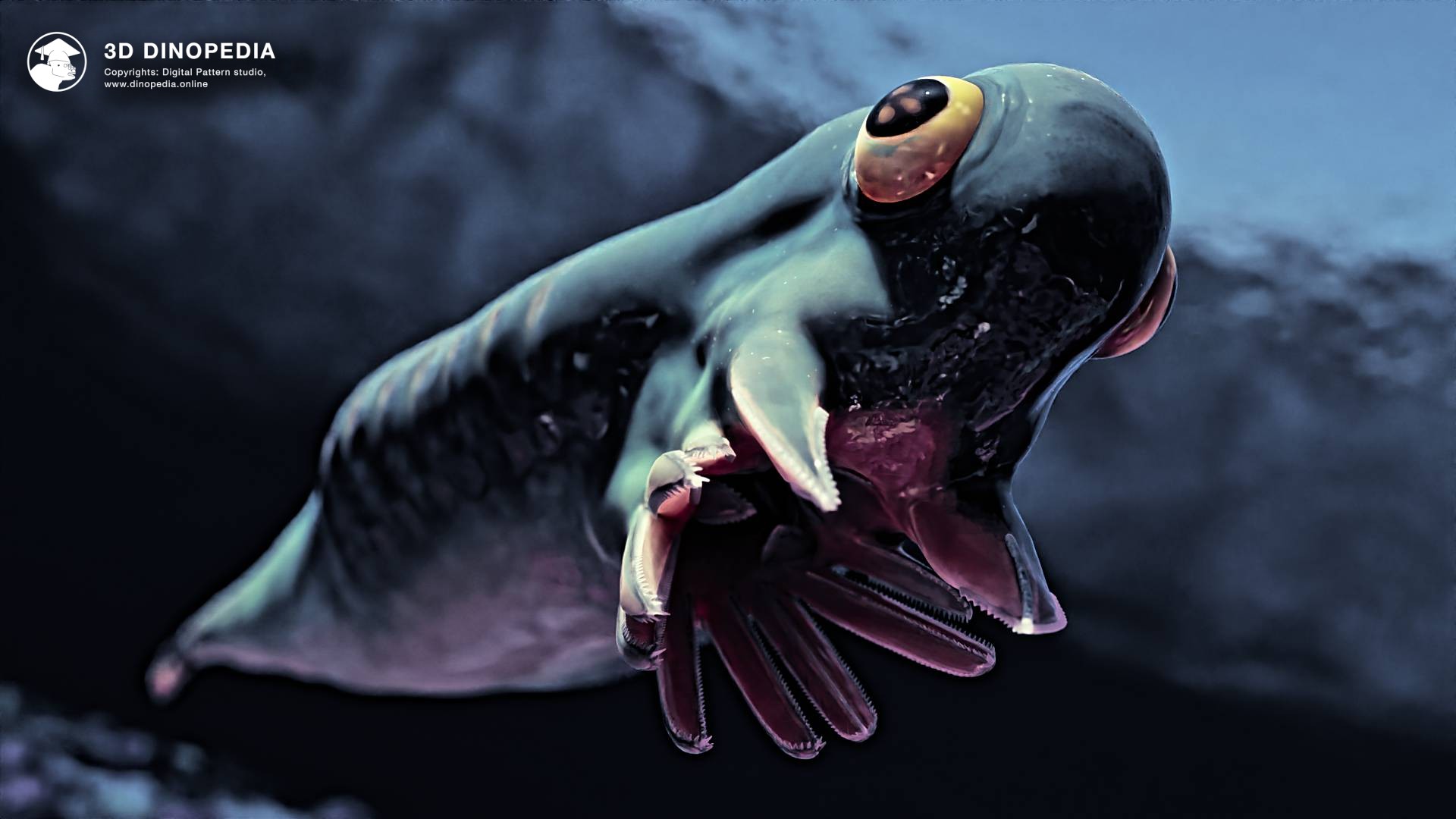
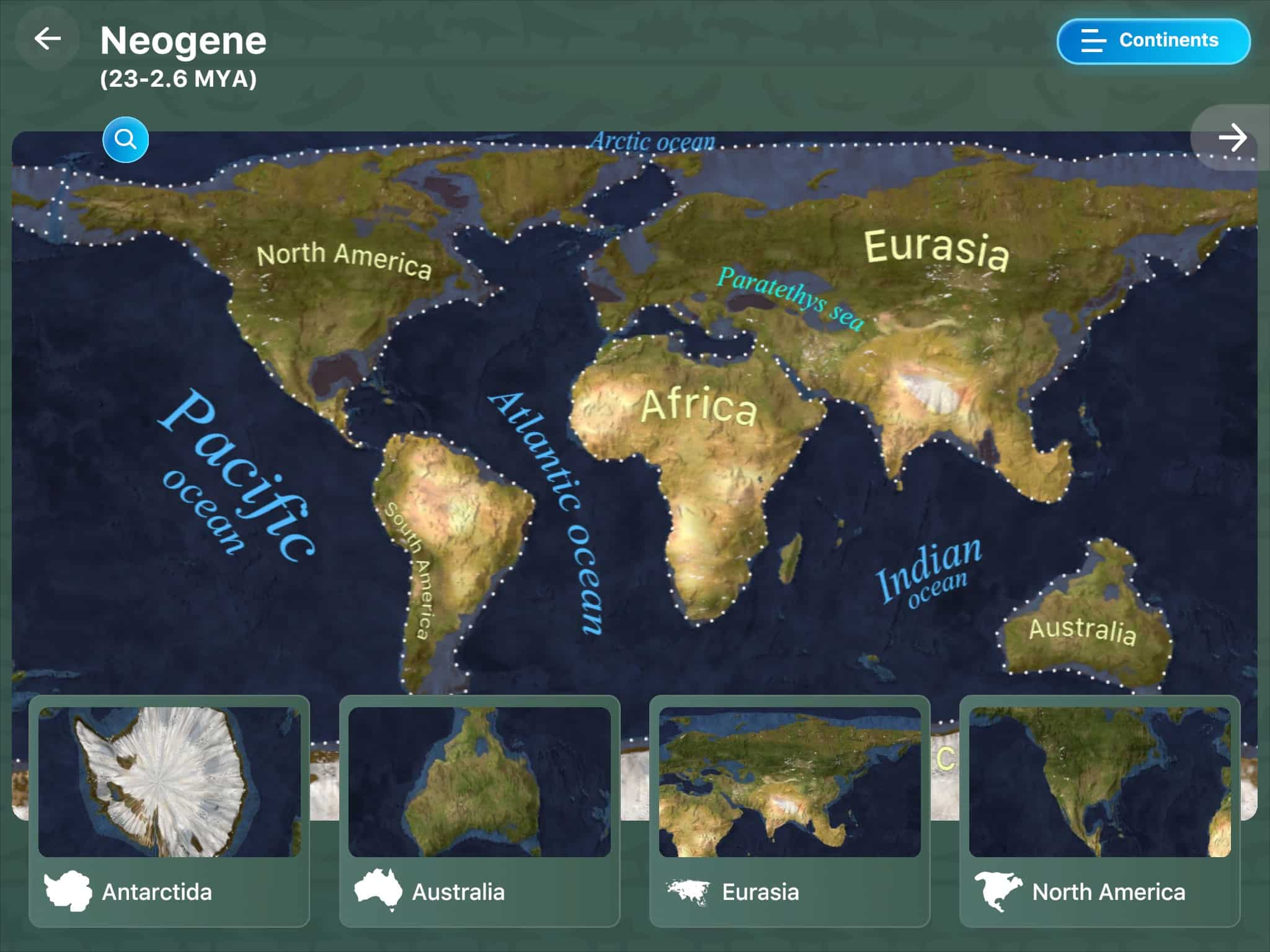

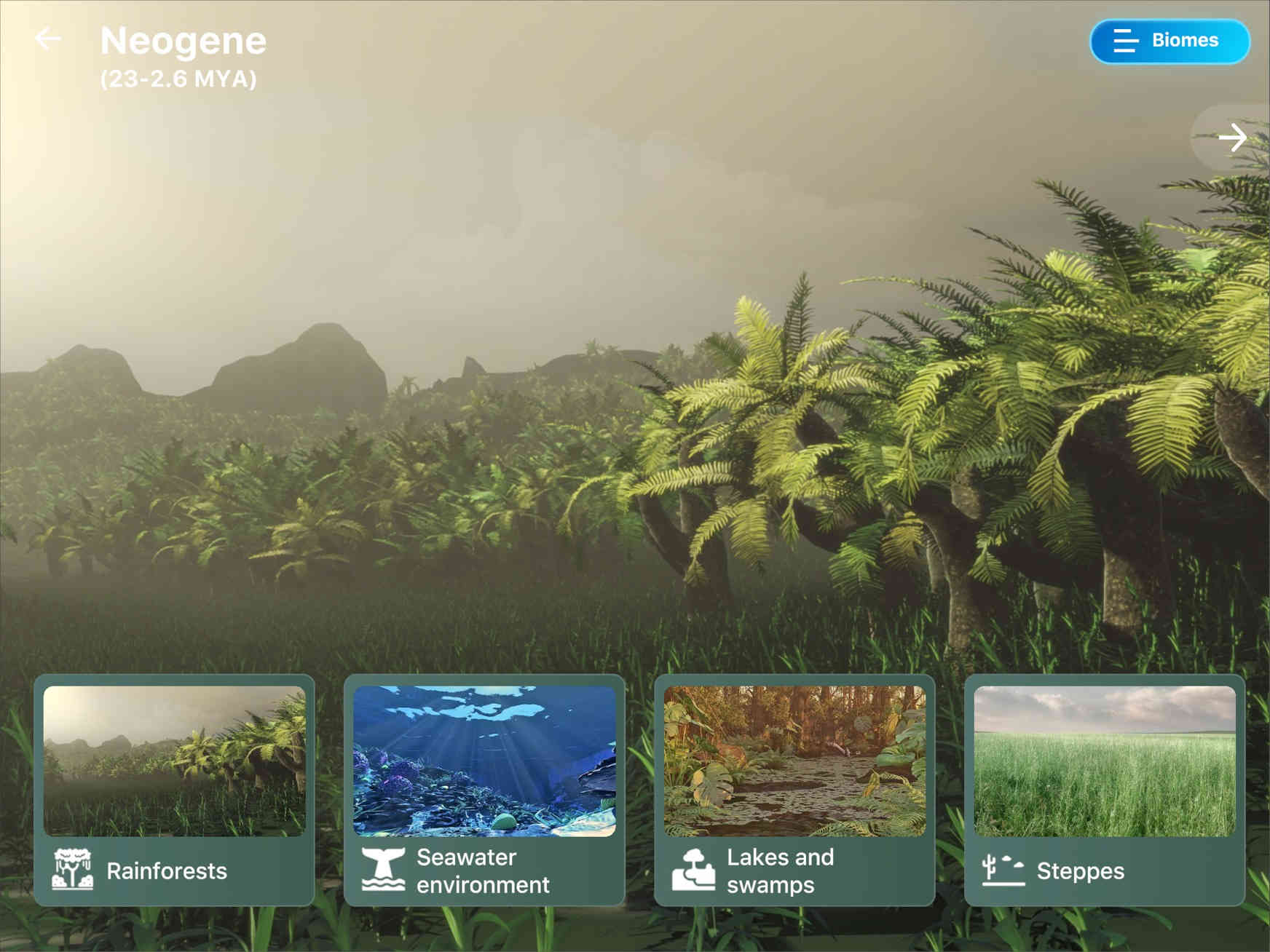






 CONTINENTS
CONTINENTS
 3D BIOMES
3D BIOMES
 FAUNA
FAUNA
 FLORA
FLORA
 EVENTS
EVENTS
 DISCOVERIES
DISCOVERIES
 GALLERY
GALLERY
 3D EARTH
3D EARTH

